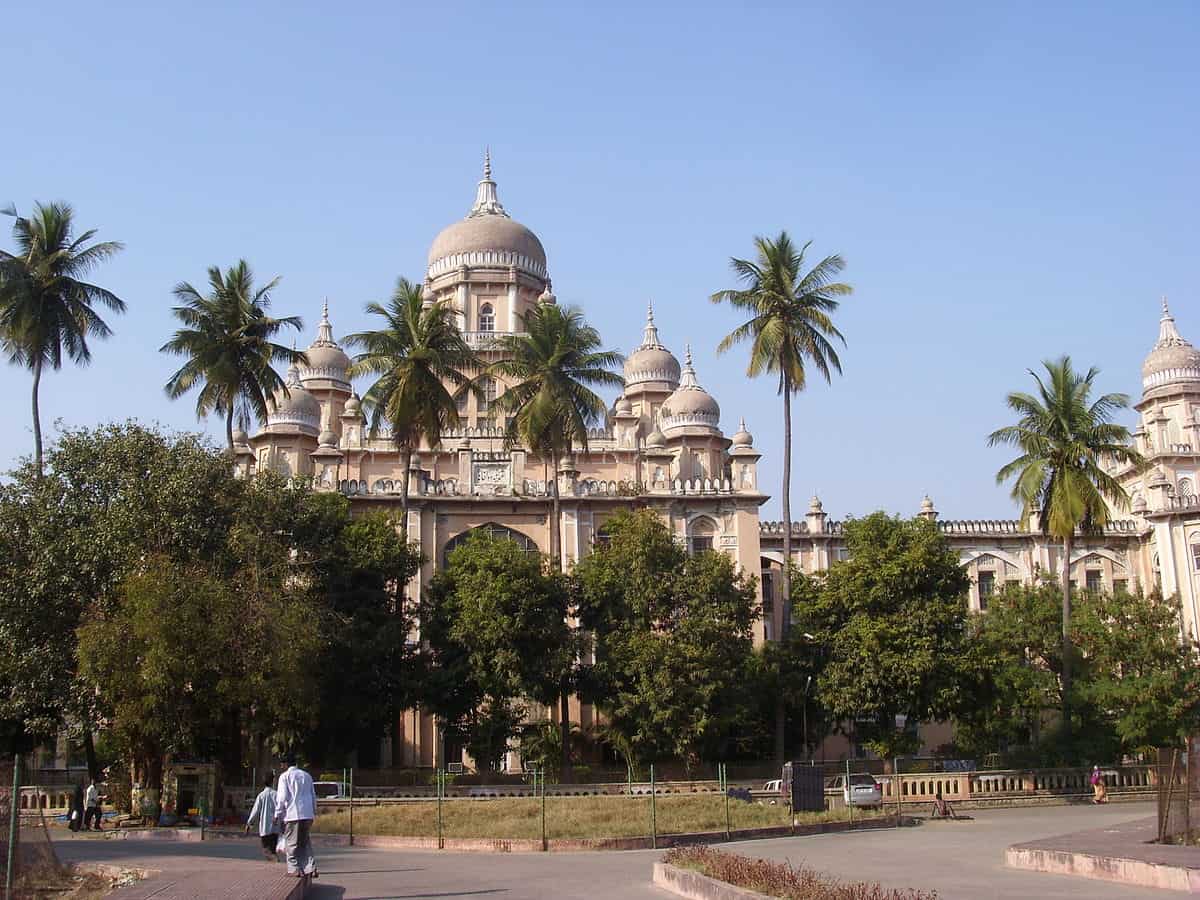Hyderabad: Najaf Ali Khan, grandson of the seventh and last Nizam Mir Osman Ali Khan, has written to Telangana chief minister K. Chandrasekhar Rao (KCR) to restore the Osmania General Hospital’s (OGH) heritage building. He also condemned any move to demolition the structure or to change its name.
“This is a live Heritage where we still fulfill our need to live healthy and lively. The Osmania General Hospital was built by my grandfather H.E.H. Sir Nawab Mir Osman Ali Khan Bahadur Nizam Vll on a vast of land. The treatment, medicines, food far the patients and their attendees was given free from the Royal Treasury,” said Najaf Ali Khan, in a statement on Friday.
The seventh Nizam’s grandson stated that Osmania General Hospital is one of the oldest and largest premier hospitals in the state that has been serving the underprivileged for a long time, with medical facilities like Anesthesiology, Cardiology, Diabetes, Family Medicine, General Surgery, etc.
“In this hospital deserving patients are treated every dav not amy from Telangana State but also from neighboring states like Andhra Pradesh, Karnataka and Maharashtra. In April 2018 we visited Osmania General Hospital and walked through the entire hospital and saw that most of it was neglected by the concerned authorities with
only a minor repair,” stated Najaf Ali Khan.
He added that a latter had been written to chief minister KCR several times showing concern for the restoration, and that the state health minister on February 26, 2019, said that that he had “asked the officials to vacate patients from the old building on the Osmania General Hospital premises constructed during the Nizam’s regime within three
months to take up restoration work”.
“The renovation of this Hospital has long been pending as it needs a breath of fresh life. lts pitiful condition is an eye sore. It is disheartening for the members of the Nizam’s family to see a structure built with a great vision suffering from such a sorry state where the Government is turning a blind eye whenever the issue of restoration is raised,” Najaf Ali Khan said.
The last Nizam’s grandson said that 2015 report from the Indian National Trust for Art and Cultural Heritage (INTACH) said that the Osmania Hospital’s heritage building can withstand another century if it is properly maintained. He also added that the politicians “who are using the situation have no empathy for the poverty stricken people whose last resort is this hospital.”
Though Najaf Ali Khan did not take any names, it may be noted that the issue of Osmania Hospital’s existential crisis came into the limelight once again after All India Majilis-e-Ittehadul Muslimeen (AIMIM) president and Hyderabad Lok Sabha member of Parliament Asaduddin Owaisi said earlier this week demanded the state government to construct a new building.
Owaisi indirectly gunned for the old heritage structure of OGH to be taken down, by saying that his party is not concerned if the state government keeps or demolishes it. After his statement, many even took to Twitter and posted a video of Chandrayangutta MLA (Asaduddin Owaisi’s younger brother) Akberuddin Owaisi speaking in the state Assembly on the issue, wherein he asked the government in the past to not demolish the OGH building.
As of now, the main building of Osmania General Hospital, which is a heritage structure, is shut and is not in use. It was shut last year in July after water flooded the ground floor during the monsoon. However, it was found that the flooding was caused by a blocked nala or sewage line underneath and not due to the rains. The state government has since then not reopened it, and all patients have been shifted to temporary blocks due to a lack of space.
History of Osmania General Hospital
OGH was completed in 1925, after Hyderabad was affected by the bubonic plague around 1911. The city administration then took care of the issue, following which the then Nizam Osman Ali Khan (1911-48) set up the City Improvement Board (CIB) in 1912 to improve Hyderabad’s infrastructure. It was designed by architect Vincent Esch, who also designed the Victoria Memorial in Kolkata.
The OGH’s old building (along with others like High Court and City College) is a fine example of the Osmanian style or Indo-Saracenic genre of architecture and is an integral part of Hyderabad’s 20th century riverscape and skyline. The CIB during the reign of Osman Ali Khan had transformed the medieval city into a modern metropolis, complete with infrastructure like the High Court, railway stations, schools and OGH.







